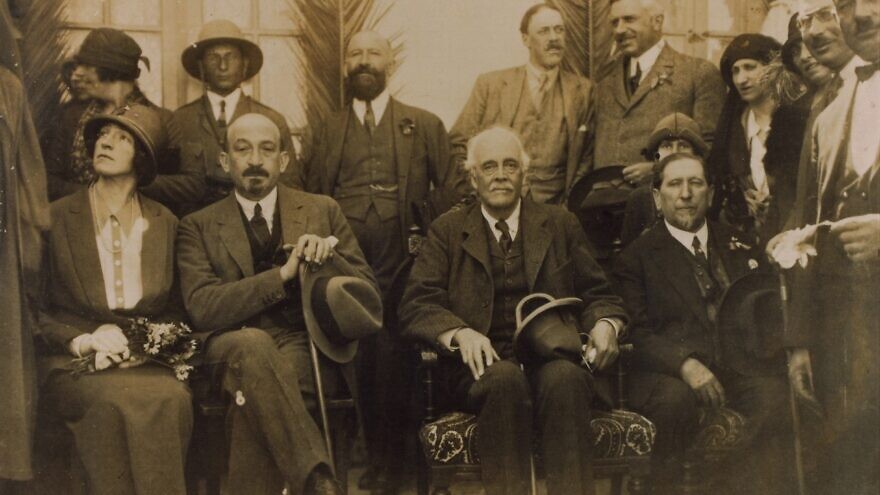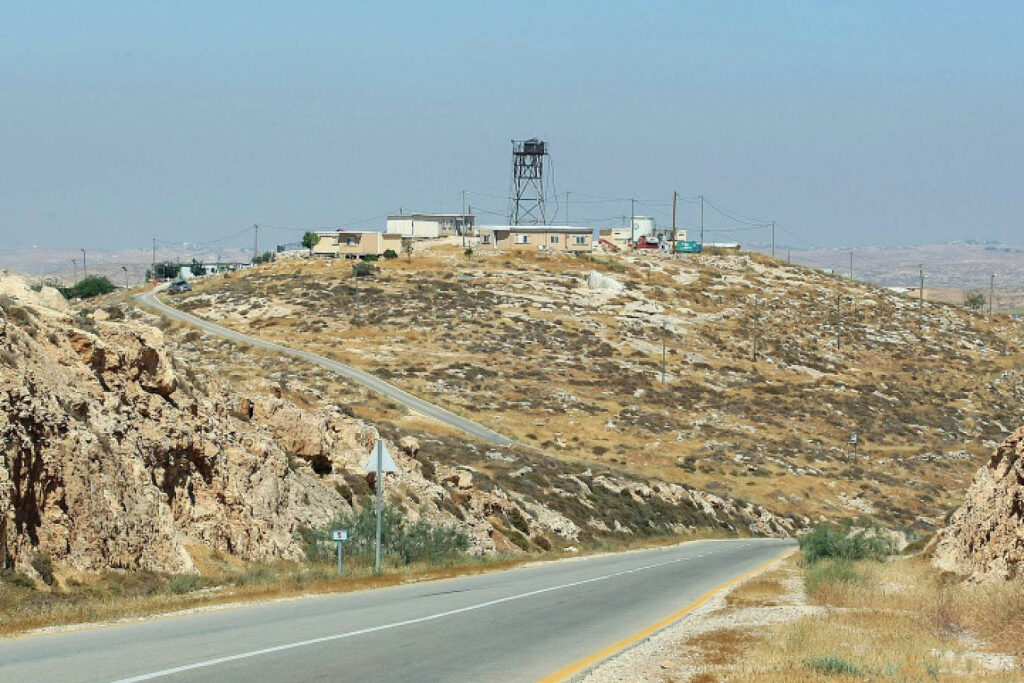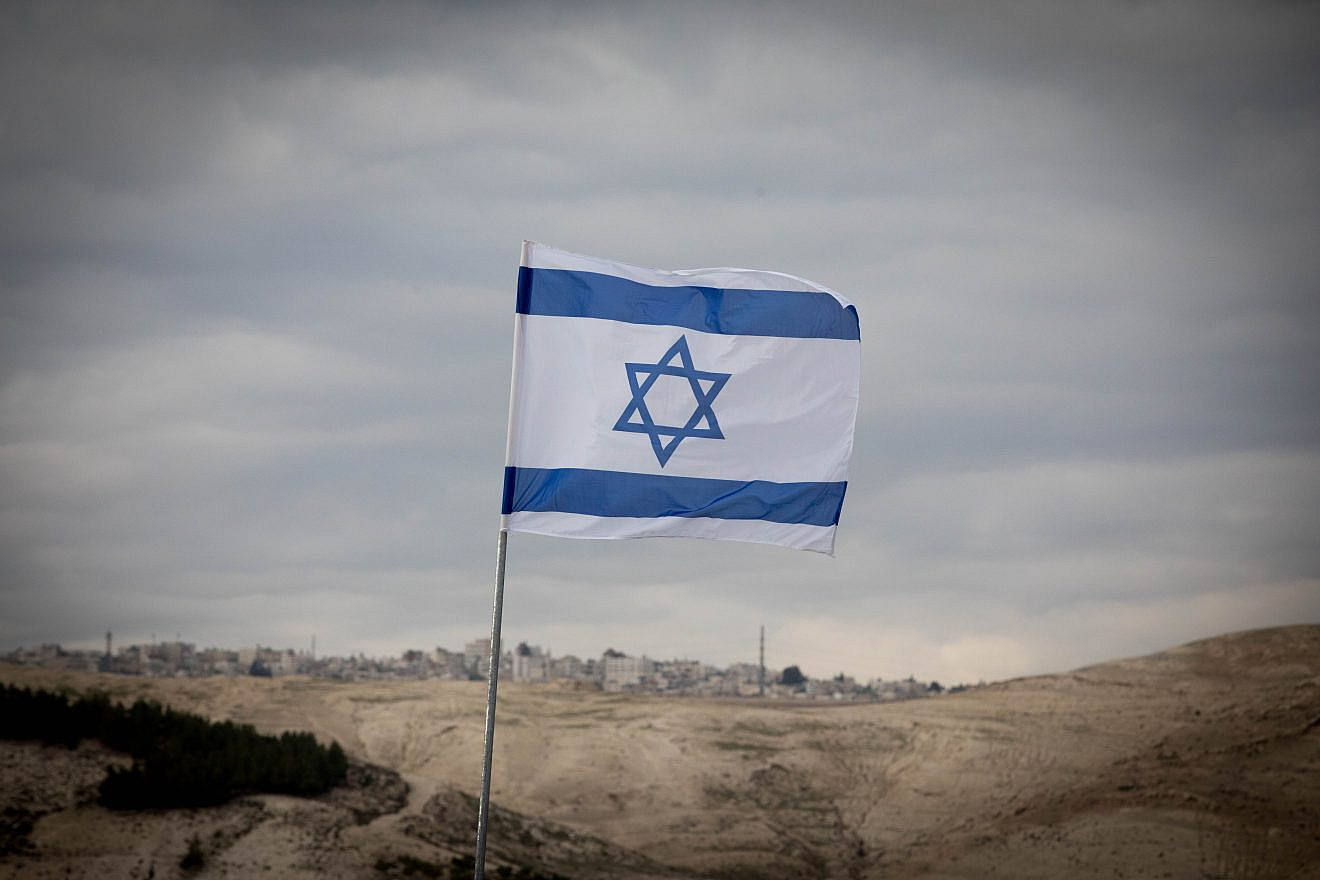History can provide the answer.
On Nov. 2, 1917, amid the turmoil of World War I, British Foreign Secretary Arthur James Balfour sent a public letter to Baron Lionel Walter Rothschild, a former member of Parliament and leader of the British Jewish community.
Expressing support for Zionist aspirations, the letter promised that the British government would use its “best endeavors” to facilitate “the establishment in Palestine of a national home for the Jewish people.” Whether a “national home”’ was synonymous with statehood was not revealed.
The British promise to the Jews proved to be short-lived. Five years later, then-Secretary of State for the Colonies Winston Churchill issued a White Paper that undermined the Balfour Declaration. While affirming Britain’s commitment to its promise of a Jewish national home in Palestine, the White Paper nonetheless offered reassurance to Palestinian Arabs that the Declaration did “not contemplate that Palestine as a whole should be converted into a Jewish National Home, but that such a home should be founded ‘in Palestine.’”
Churchill envisioned a Jewish community in Palestine comprising 80,000 people, with its own political, religious and social institutions, Hebrew language and customs, with “national characteristics” that should be “internationally guaranteed.” He imagined “a center in which the Jewish people as a whole may take, on grounds of religion and race, an interest and a pride.” (A “center,” however, is not a state.)

To reduce tension between Arabs and Jews, and placate Arab leaders, Churchill’s White Paper called for a limitation on Jewish immigration. Biblical Judea and Samaria, west of the Jordan River, were gifted to Emir (later King) Abdullah and eventually became Jordan’s “West Bank.”
Jews never forgot their ancient history. They restored their national sovereignty in 1948 with the birth of the State of Israel, but the new state’s constricted boundaries excluded the ancient Jewish Quarter in Jerusalem’s Old City, as well as Judea and Samaria.
However, 19 years later, as a result of Israel’s stunning victory in the Six-Day War, Israel regained its holiest ancient sites: Machpelah in Hebron where, according to the biblical narrative, Abraham purchased the first parcel of land in the Holy Land as a burial site for Sarah; and the Western Wall of the Temple Mount in Jerusalem, seized by Arabs during Israel’s War of Independence.
The unrelenting insistence that Israel is “occupying” its ancient homeland ignores the reality that there already is a Palestinian state in historic Palestine. It is the kingdom of Jordan, east of the Jordan River, with a majority Palestinian population. A second Palestinian state west of the river would be superfluous and extremely dangerous to Israel.

More than 500,000 Israelis currently inhabit Judea and Samaria. Ma’ale Adumim, located between Jerusalem and Jericho, is the largest Jewish settlement. Home to more than 40,000 residents, it is a strikingly modern community with an industrial park, library, art museum and more than 20 schools, with a special program for new immigrant children. Although it has a largely secular population, there are more than 40 synagogues and several yeshivas. It is, in many ways, a mirror of the Jewish state.
Twenty miles south is the ancient Jewish capital of Hebron, inhabited by 1,100 Israelis confined by their government to a tiny enclave adjacent to and separated from nearly 200,000 Palestinians living in a thriving Arab city. Destroyed by an Arab massacre in 1929, when dozens of Jews were brutally murdered, the Jewish community was restored following the Six-Day War when a handful of resolute Israelis overcame government resistance to their return.
So it is that Jews finally reclaimed their ancient homeland. After millennia of wandering in the wilderness of exile, they returned to Jerusalem and Hebron, their holiest cities. Now Jews who visit the Western Wall in Jerusalem and Machpelah in Hebron, where religious Judaism and Zionist nationalism have converged, can embrace the history and enduring memory of their Promised Land.
** This article was originally published on JNS.org **




